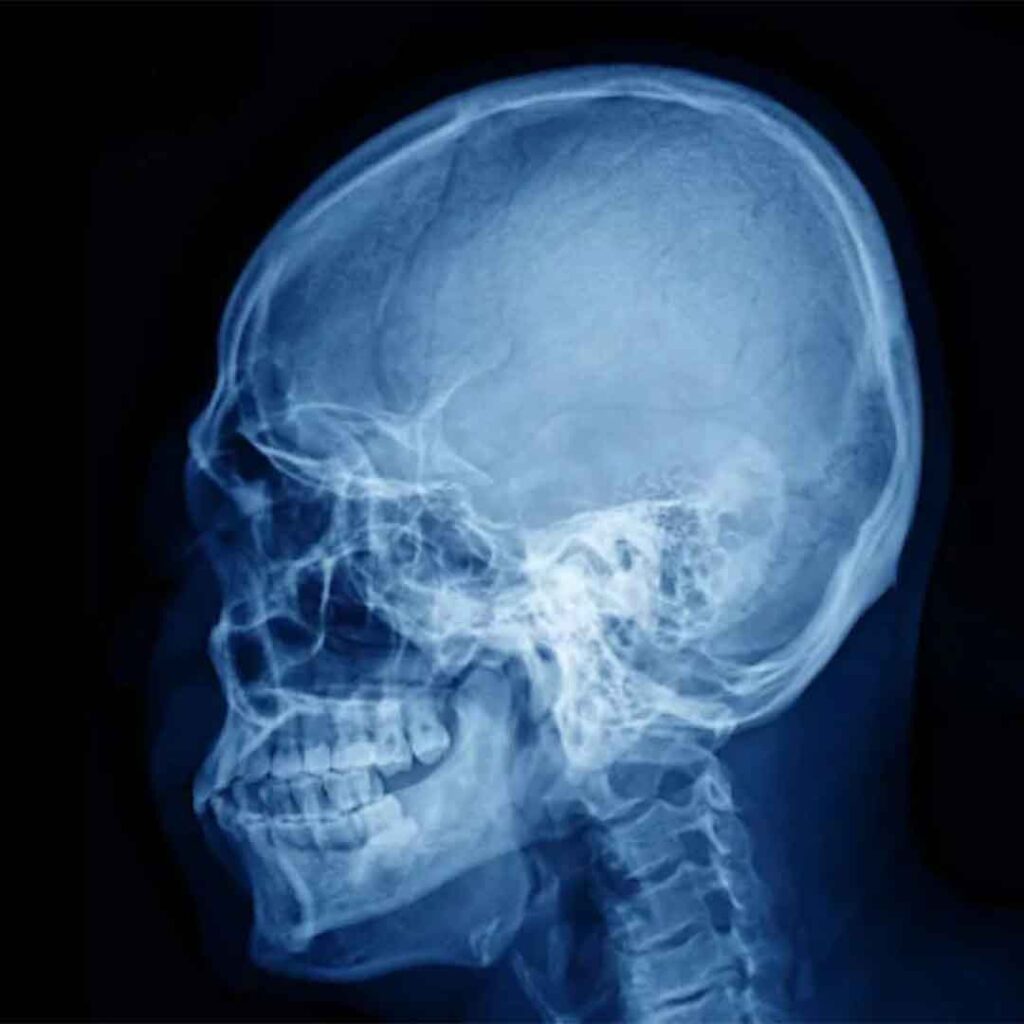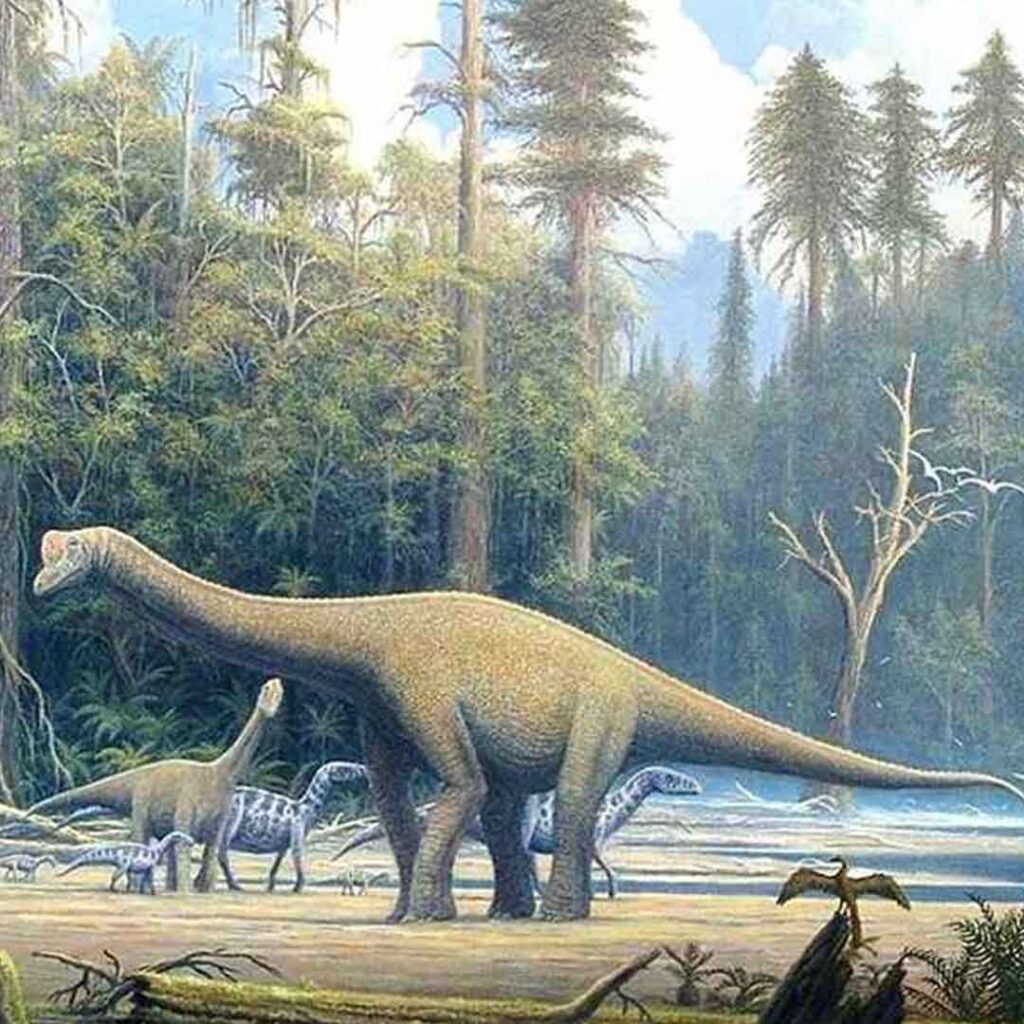Evolutionary Journey of Human Ears and Teeth Since the Jurassic Era

The human body is an intricate masterpiece sculpted by millions of years of evolution. Among its many features, the ears and teeth hold significant evolutionary stories that trace back to the Jurassic era, roughly 200 million years ago. A groundbreaking new study provides profound insights into this evolutionary journey, revealing how these crucial structures have adapted through the ages from our ancient ancestors to modern humans.
The Evolutionary Path of Human Ears
The human ear, responsible for not just hearing but also maintaining balance, has undergone substantial changes since the Jurassic period. Initially, the structure of the ear in early mammals was primarily adapted for survival in a world dominated by dinosaurs. These early mammals had to be alert to the sounds of their environment, which were filled with the threats of larger predators. 
The new study indicates that the transformation of the ear began in earnest during the Cretaceous period, when mammals began to diversify after the dinosaurs' extinction. This diversification allowed for the development of more specialized auditory systems, as different species adapted to new environments and lifestyles.
For instance, some mammals developed the ability to hear higher-frequency sounds, which may have been advantageous for nocturnal life or for detecting the fluttering of insect wings. Using advanced imaging techniques and fossil records, researchers have tracked changes in the structure of the middle ear, noting that the ossicles (tiny bones within the ear) became more refined and better at transmitting sound waves.
These changes significantly improved hearing capabilities and were crucial in the development of mammals' social communication methods.
How Early Mammals Used Their Ears for Survival
Similarly, teeth have their own evolutionary tale. During the Jurassic period, the teeth of early mammals were simple and peg-like, designed for a generalist diet. As mammals evolved, so did their dietary requirements and feeding habits, leading to diverse tooth structures. The study explores how these changes in dental anatomy correlate with dietary adaptations over millions of years.
 In particular, the emergence of different tooth shapes and sizes allowed mammals to exploit a variety of new diets. Carnivores developed sharp, pointed teeth for tearing meat, while herbivores evolved flat, robust teeth suitable for grinding plant material. Omnivores, like humans, adapted to have a combination of both, which reflects our flexible diet.
In particular, the emergence of different tooth shapes and sizes allowed mammals to exploit a variety of new diets. Carnivores developed sharp, pointed teeth for tearing meat, while herbivores evolved flat, robust teeth suitable for grinding plant material. Omnivores, like humans, adapted to have a combination of both, which reflects our flexible diet.
The study further examines the link between tooth evolution and the development of human culture and tools. As humans began using tools, their teeth underwent less stress from processing raw and tough materials, leading to smaller teeth and changes in the jaw structure. This aspect of dental evolution is particularly fascinating as it intersects with the development of human civilization and technology.
More Updated Headlines on Flypped
- Adrit Rao, a 16-Year-Old Indian American, Utilizes AI for Healthcare Revolution
- Apple's Next Innovation: A Revolutionary Stereo System for Their Upcoming Car
- Swachh Bharat Abhiyan's Remarkable Revolution: Where Cleanliness Meets Transformation
- The Role of Money & Career in Modern Marriages
The Development of Human Teeth Through Millions of Years
Understanding the evolutionary history of human ears and teeth is not just of academic interest; it has practical implications for modern medicine and health. For example, insights into the natural selection processes that honed human hearing can improve the treatment of hearing loss and balance disorders.
Similarly, knowledge of tooth evolution can help in the development of better dental care practices and technologies. Moreover, the study sheds light on the genetic basis of these evolutionary changes.
What These Discoveries Mean for Modern Human Health
By identifying specific genes that influenced the development of ears and teeth, researchers can better understand certain congenital disabilities and diseases. This genetic perspective is crucial for developing targeted therapies and preventive measures in healthcare.
Conclusion: Evolution Helps Us Understand Human Health Today
This new study is a testament to the power of evolutionary biology in uncovering the deep history of human anatomy and its functions. By tracing the evolutionary changes in ears and teeth from the Jurassic era to the present, researchers offer a window into the past that informs our understanding of the human body today.
The implications of this research extend beyond academic circles into practical applications in medicine, enhancing our ability to address a range of health issues with evolutionary wisdom.
Read More
- Bhagat Singh's 116th Birth Anniversary: A Tribute to India's Iconic Revolutionary
- EVOLUTION OF GRAND THEFT AUTO
- 7 Milestones in the Evolution of Dwayne Johnson a.k.a "THE ROCK"
- PM Modi Reflects on Atal Bihari Vajpayee’s Legacy on His 100th Birth Anniversary
- I Am Human Not God PM Modi Opens Up in Podcast Debut with Zerodha Co-founder Nikhil Kamath
Click to read the full article






